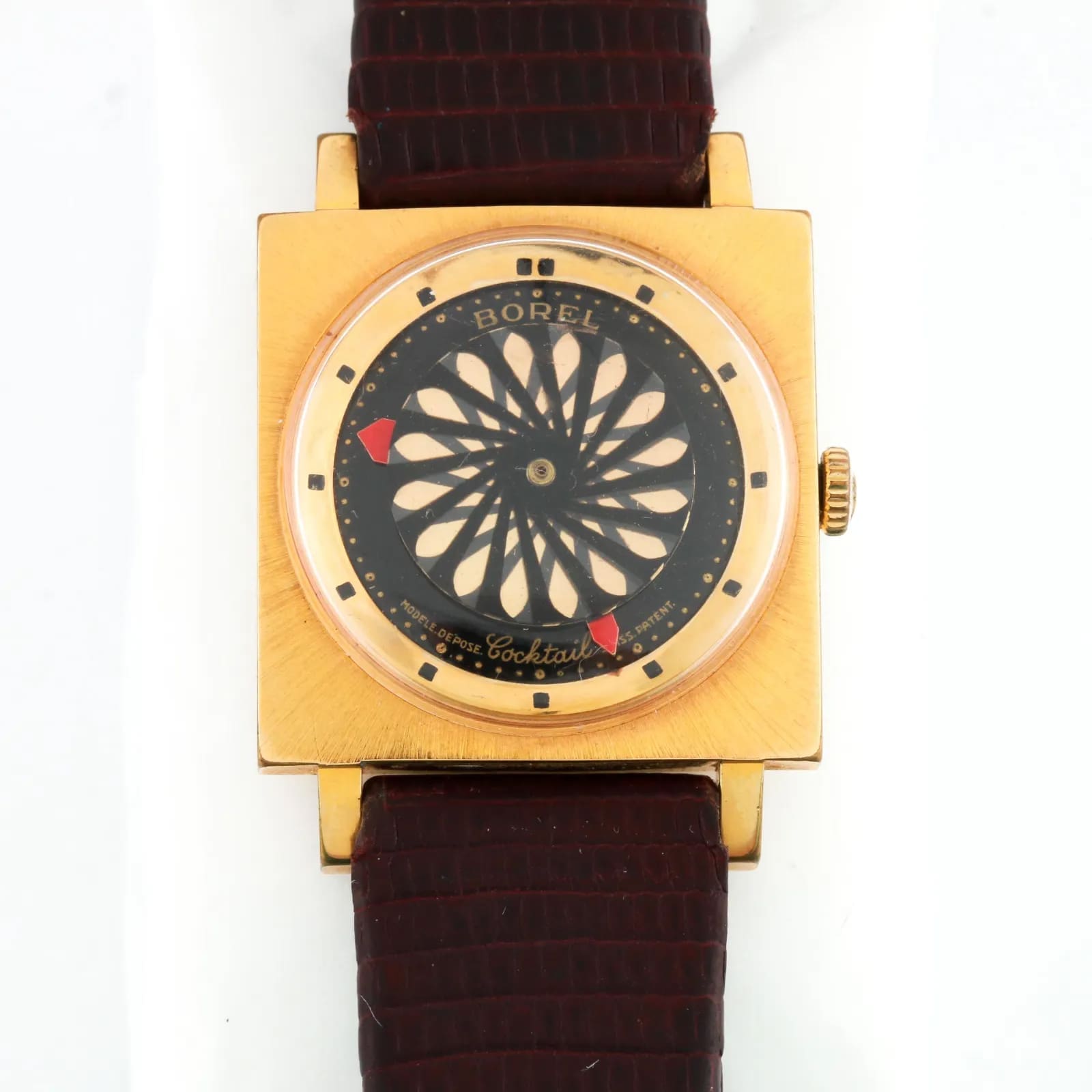Four tips to avoid getting scammed when selling a watch online
Fergus NashAs technology has evolved, online marketplaces have fundamentally changed the game when it comes to collecting. Rare objects that once required months or even years of searching through local stores to find are now just a google search away, most likely with a hefty price tag attached. Unfortunately, scammers have done well to evolve along with the technology, and often end up one step ahead of the average user.
Some reputable sites like Chrono24 have extremely vigilant escrow services in place to protect both sellers and buyers, but they will charge for that luxury, and sometimes you just want to get 100% of the money you’re selling a watch for. If you’ve decided to navigate the scam-infested waters of Facebook Marketplace, Gumtree or Craigslist to chase total resale value, here are four tips to make sure you get paid, as well as my personal sob story.
1. Anonymity is your enemy.

2. What if they make me an offer I can’t refuse?
When we’re desperate to sell something, often the excitement of flashing dollar signs can blind us to some obvious warnings. It’s not uncommon for scammers to open the dialogue by promising to pay the exact asking price, plus all postage costs, or in some cases even offer to overpay. Take note of your listed price, and ask yourself if you’re really proposing a value buy, or if you expect a bit of healthy bartering. One good trick to ensure that you’re interacting with genuinely interested buyers is to leave out certain details and photo angles in your ad, that way you’ll get people asking you directly to see some more photos and get chatting about the watch. The above photo is an exchange I personally had with a scammer once I knew they weren’t genuine, and I decided to have some fun. At the time of writing 500 Bitcoin is nearly $53,000AUD, and the item I was selling was listed for $500AUD.
3. PayPal is trustworthy, until is isn’t.
It’s easy to assume that anyone who falls for a scam is just an idiot, until it happens to you. All it takes is one moment of lowered defences, and the simplest trick can be devastatingly effective. My first time falling for a scam, and hopefully my last, was when a hacked Gumtree profile messaged me about an Ernest Borel cocktail watch with a kaleidoscope dial that I was selling. The profile was genuine, with years of buying history and good ratings behind it, but that only gave me a false sense of security. He asked for my PayPal email, which I dutifully gave, and within moments I’d received the confirmation email that the money had been received. Easy! The next morning I stopped by the post office and sent it off with express post. I sent the buyer a photo with the tracking number, and he thanked me.
A few hours later, I went to withdraw the funds from my PayPal only to see a big fat $0.00 displayed. I went back to the confirmation email, which all looked perfect, and tried to contact PayPal support. They said they couldn’t find any transaction history, and I needed to take it up with the buyer. On returning to Gumtree, the buyer had blocked me. I looked closer at the email again, and although it was formatted absolutely 1:1 like a PayPal confirmation email, I finally realised that it wasn’t sent from a PayPal email address at all. At that point, there was nothing I could do to get either the watch or the money. I told myself that it was a lesson hard learned, and thanked the stars that it was only a couple of hundred dollars instead of thousands.
4. If in doubt, just ask.
Even if you’re 90% sure that the person you’re dealing with is genuine, it will never hurt to delay proceedings until you’ve gotten another opinion. Whether it’s a slightly more tech-savvy family member or the platform’s customer support, there are always ways that you can double check your safety before committing to postage. When I first saw that PayPal had their own escrow system for withholding large payments, I immediately assumed that it was another fake email trying to scam me into sending a watch before receiving payment, but it was actually a legitimate feature. The key is to always stay vigilant, and keep a healthy suspicion of even the most pleasant prospective buyers.







